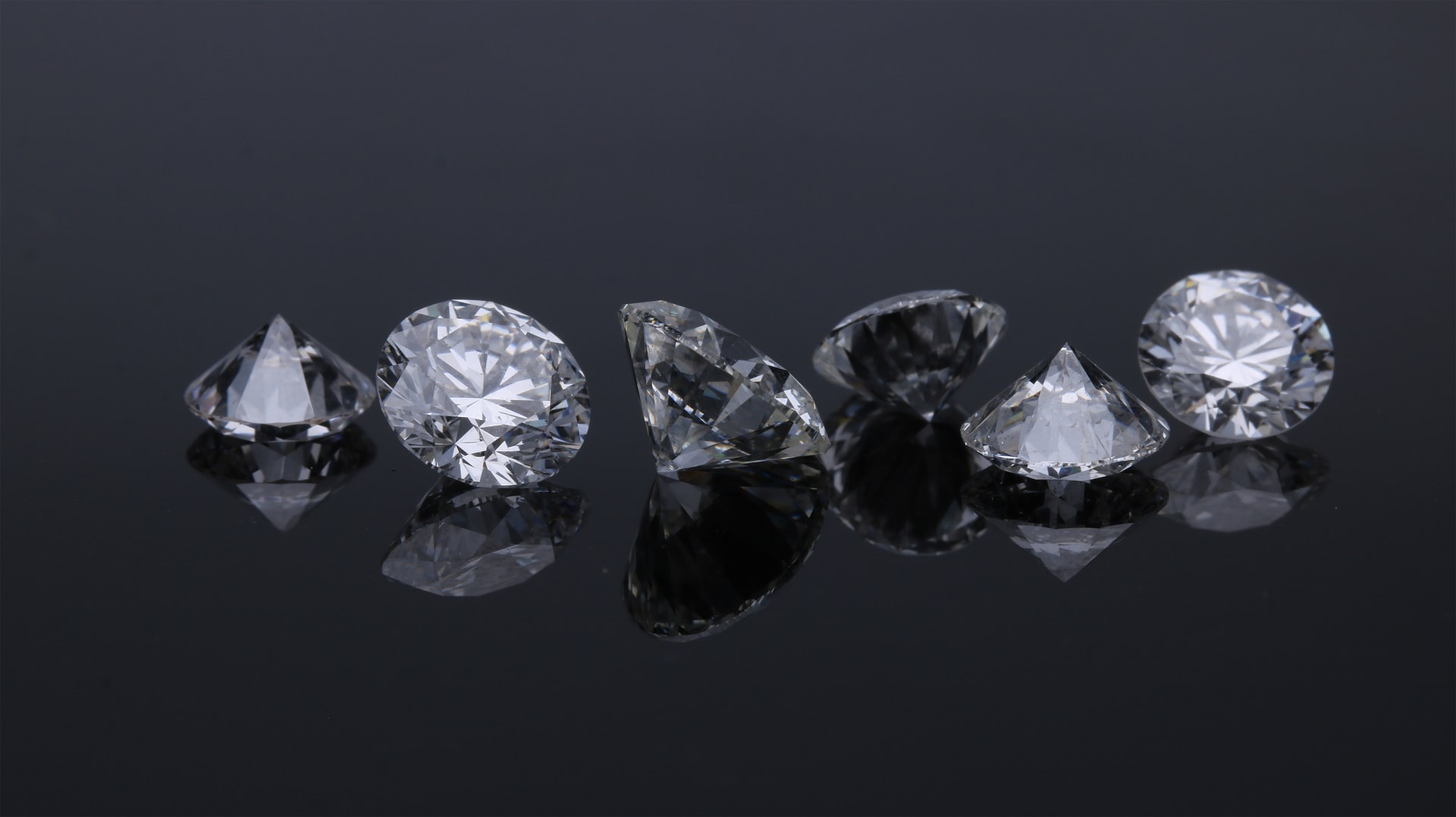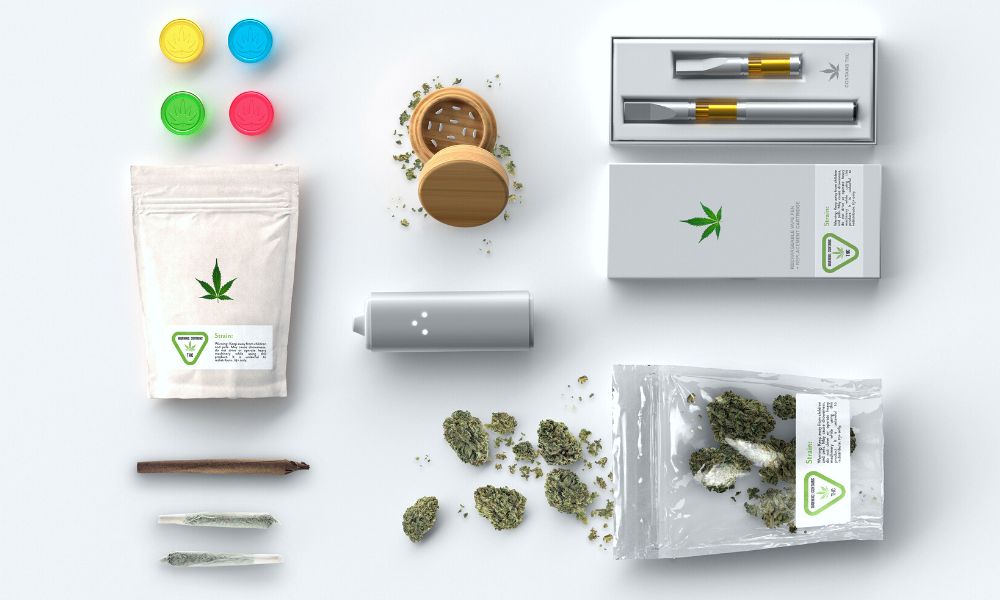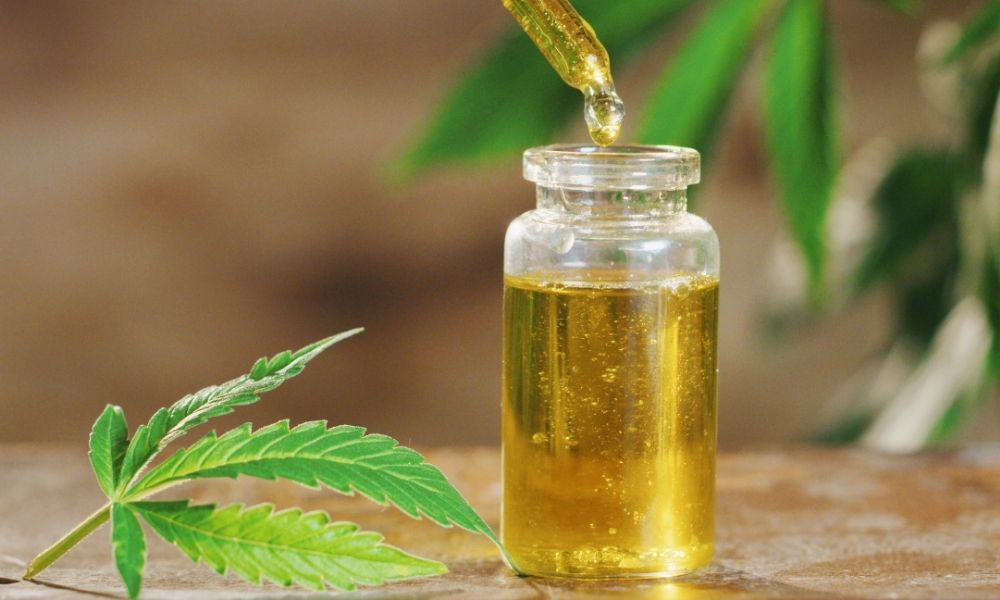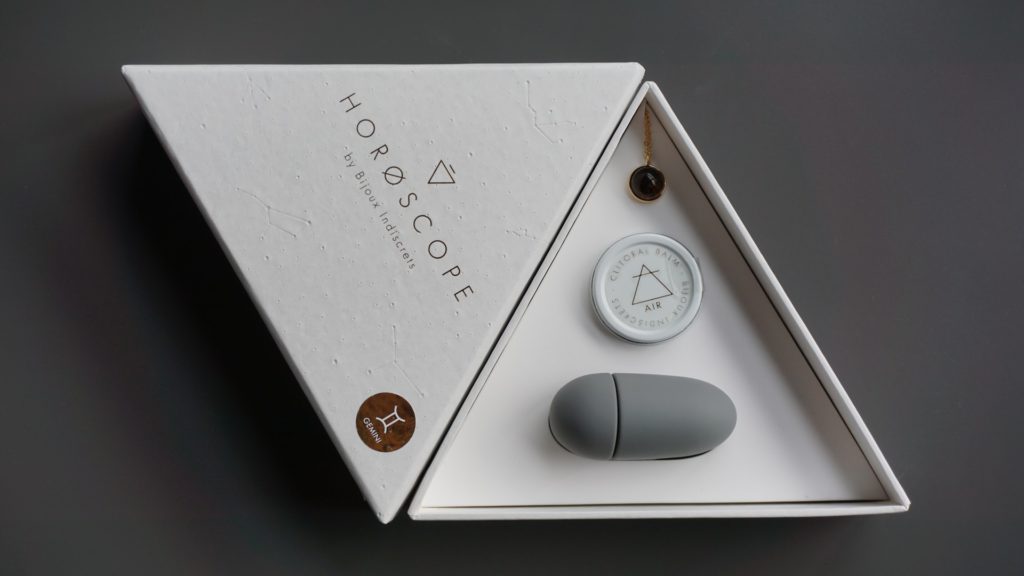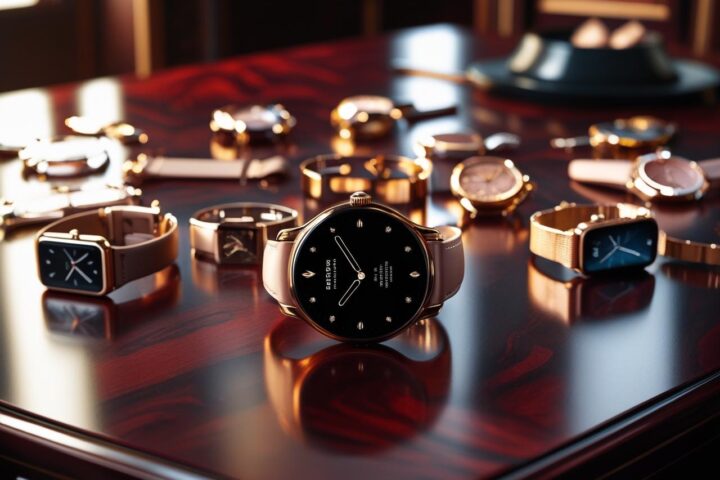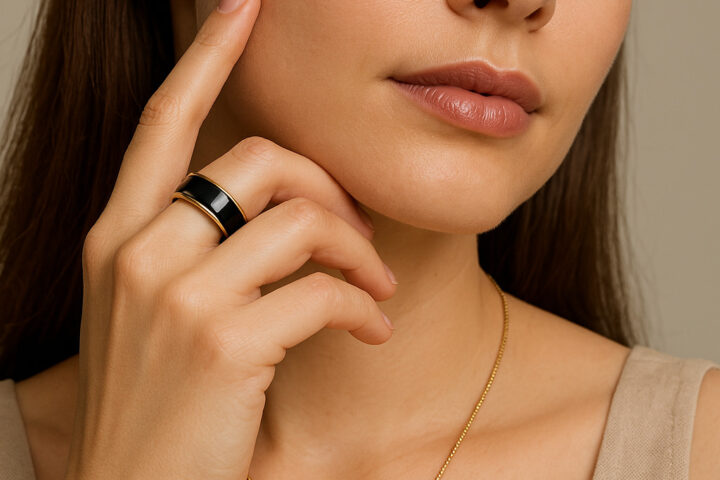Diamonds are a symbol of opulence, and they are regarded as a unique and luxurious gift by people all over the world. And why not? They are bright, beautiful, valuable, and always in style! That’s why they make great engagement rings, precious keepsakes, and family heirlooms.
That said, a newcomer to the diamond industry (lab-grown diamonds) is upending the status quo; it has become a popular choice for many people who want to buy diamond jewelry. Why is this newcomer being welcomed so enthusiastically? The essence of what they are may hold the answer.
What Are Lab Grown Diamonds?
Lab-grown diamonds are diamonds grown in tightly controlled labs using advanced technology that mimics the conditions under which natural diamonds form beneath the Earth’s crust. The result? Diamonds with the same properties and appearance as mined diamonds.
Please note, lab-grown diamonds should not be confused with cubic zirconias made from synthetic materials. Lab-created diamonds are not forgeries; the only significant difference between them and natural diamonds is where they are formed. This is why they’re becoming more popular.
However, just because these diamonds are created in a lab and are less expensive than their mined counterparts does not mean they should be purchased without careful consideration. If you do that, you’ll end up dissatisfied with your purchase.
Buying Lab-Grown Diamonds: Mistakes to Avoid
1. Not Conducting a Quality Assurance Check
Not all lab-grown diamonds are created equal. They can be very different in terms of quality depending on how they are made and where they were grown. Just like naturally grown diamonds, you will never find two lab-grown diamonds that are 100% identical. Even two stones with the same weight can appear completely different from each other if their chemical composition is different.
Pro Tip: Look for diamonds that have been certified by the International Gemological Institute (IGI) or the Gemological Institute of America (GIA) when shopping for lab-created diamonds. This certification will provide you with important information that will allow you to assess the diamond’s quality effectively. Lab-grown diamonds, like natural diamonds, are graded using the 4 Cs (cut, carat weight, color, and clarity), with the highest quality diamonds having the perfect balance of these four elements.
Here’s how to go over each one:
Cut
Of the 4 Cs, the cut of a lab-grown diamond has the greatest influence on its beauty. The more precise the cut, the more captivating the diamond will be to the eye. That said, if you are not a diamond expert, it will be difficult to evaluate a diamond simply by looking at it. Use its grade as a guide instead.
The cut of a diamond is graded on a scale of 0 to 10, or with verbal descriptions in the following order: Excellent, Very Good, Good, Fair, and Poor. A score of 10 means “Poor” and a score of 0 means “Excellent.”
Color
Color is an important consideration when purchasing diamonds because the hue of a diamond can make it appear lifeless and dull or dazzling and vibrant.
A diamond’s color is graded using an easy-to-understand D-Z scale to provide a more specific and accurate description. This is what each grade means:
Colorless: No Color
D, E, F
This is the highest possible grade because colorless diamonds are extremely rare.
Near Colorless:
G, H, I, J
These diamonds have very little color but may appear colorless when mounted on metal.
Faint Color:
K, L, M, N
A diamond in these grades weighing less than 0.50 carat will appear colorless when mounted. However, a little color can be seen in larger diamonds.
Very Light Color:
O, P, Q, R, S, T, U
Light Color
V, W, X, Y, Z
The color of the lab-grown diamond becomes more visible as the grade increases.
Clarity
After being cut, lab-created diamonds are polished to achieve the smooth, glass-like surface finish (clarity) that diamonds are known for. Clarity is important in determining the value of a diamond because higher clarity diamonds are rarer.
Of course, an excellent polish does not mean a diamond is perfect; it simply means that any flaws it may have are not visible under a 10x magnification (grading at 10x is the industry standard for determining a diamond’s final clarity grade) or with the naked eye.
A diamond’s clarity is graded in this order: Flawless (FL), VVS1, VVS2, VS1, VS2, SI1, SI2, I1, I2, and I3 (lowest clarity).
Carat (Size/Weight)
Carat is the most objective of the four Cs, which is why it is used as a unit of measurement during a diamond sale.
The higher the carat, the more valuable the lab-grown diamond is. The value of a carat, however, is not always proportional to its size or weight. Two diamonds of equal weight and size may be worth different amounts depending on the other Cs.
Also, carat is not a good way to predict how large a diamond will be when mounted on a jewelry piece. Different shapes can make a lab-grown diamond appear larger or smaller when mounted, so keep that in mind as well.
2. Going for Discounted Lab-Grown Diamonds
Everyone enjoys a good deal, but purchasing lab-grown diamonds at a discount is not always a good idea.
When compared to natural diamonds of comparable carat, cut, color, and clarity, lab diamonds are already heavily discounted. If you buy discounted lab-made diamonds, chances are you’ll end up with a fake or subpar stone.
This is not to say that reputable retailers do not offer discounts on occasion; however, they do not offer frequent discount sales. Keep this in mind.
3. Not Vetting Your Jeweler
To avoid paying for counterfeits, it is critical to conduct due diligence before selecting a jeweler. Read previous customer reviews as well as outside reviews of the jeweler to ensure that they are accredited and have the necessary expertise to sell quality lab-grown diamonds.
Don’t forget to inquire about warranties and return policies. This way, you can be confident that you will receive excellent service before, during, and after your purchase.
In Conclusion
Quality lab-grown diamonds have all of the beauty of natural diamonds without the ethical concerns. That means you can get the diamond quality you want while staying within your budget for lab-grown diamond jewelry. Just remember to follow the guidelines outlined in this post to ensure that you end up with the most beautiful of stones. Have fun shopping!


